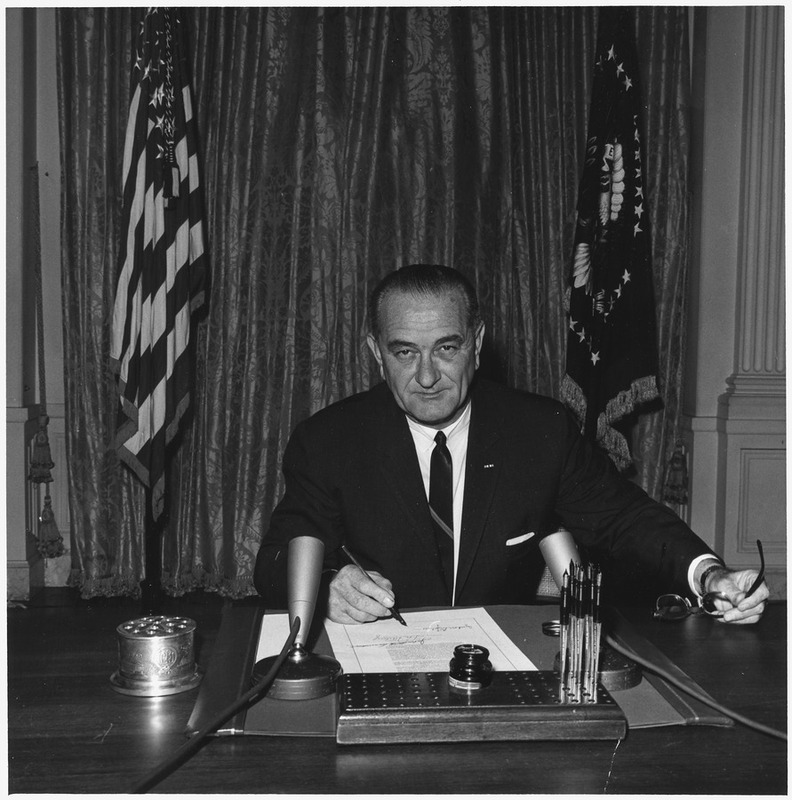Gulf of Tonkin Incident: America’s Escalation into War, at Home and Abroad
By Nicholas Irvin
In August 1964, President Lyndon B. Johnson alleged that Democratic Republic of Vietnam (DRV) patrol boats attacked the USS Maddox and Turner Joy in the Gulf of Tonkin. This led to Congressional approval of the Gulf of Tonkin resolution that escalated American involvement in Vietnam. This resulted in 16,000 Americans, with an average age of 19, going to war in Southeast Asia. The number of American soldiers rose to more than 553,000 by the end of the war. The Gulf of Tonkin changed the course of America’s involvement in the Vietnam War and the life trajectory of many young men entering adulthood.
Life Pre-Vietnam War as a Typical Young Man in High School
Life in West Chester, Pennsylvania, in the 1960s, was simple like most suburban cities of the era. John Gallagher describes West Chester as, “...pretty quiet, kind of boring downtown over there.” Parents worked hard to support their families and provide a stable environment for their children. High school provided a place for education, social life, and life lessons. The next step after graduation involved building one's future. The Gulf of Tonkin incident turned the lives of young men celebrating graduation in 1964 upside down.
Gulf of Tonkin Incident
The Gulf of Tonkin incident took place on two separate days. On August 2nd, 1964, the Vietnam People’s Navy (VPN) torpedo boats attacked the USS Maddox. Although no deaths resulted, tensions spiked and the United States went on alert. On August 4th, 1964, The USS Maddox and the USS Turner Joy engaged in a fight with what the crews believed to be attacking VPN boats. Historians continue tp debate tje validity of the attacks. Nevertheless, President Johnson used this incident to introduce and secure the Tonkin Gulf resolution on August 7th, 1964. America's intervention in Vietnam began in earnest.
Service
In 1965, President Johnson increased military draft numbers. Enlisted young men comprised the largest group of new soldiers. Their reasons included patriotic duty, fear of the draft and picking the branch of military you wanted to join, and finding a path in life if they were not going to college. Service looked different to every soldier. It varied according to their deployment and orders. Some soldiers saw very little day to day actions and other soldiers were in the thick of action. Every soldier has a story from their service. Gallagher remembers, “...rocket attacks with some mortar attacks and occasional snipers.”
The Gulf of Tonkin incident defined the immediate future of tens of thousands of young men as well as the United States. This incident escalated our involvement in the Vietnam War and turned young men from students to soldiers to veterans. Not all Vietnam War stories are filled with fighting but all Vietnam War stories began because of the Gulf of Tonkin incident.


